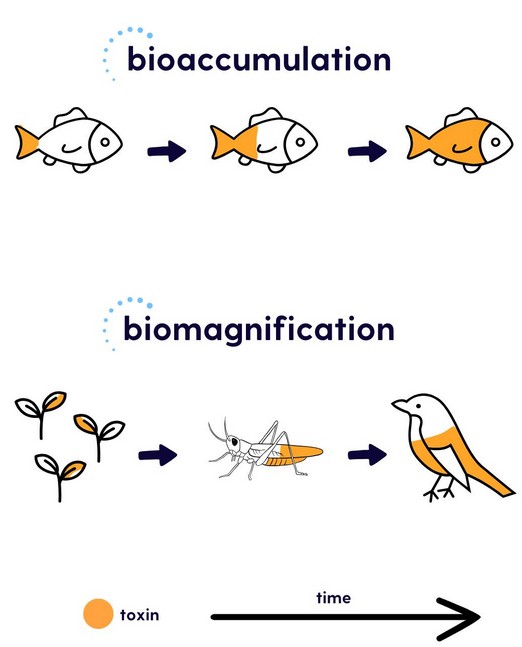Why in the News?
Researchers from Bharathidasan University, Tiruchirappalli, reported alarming levels of heavy metal pollution in the Cauvery River and its fish species, warning against excessive consumption.
Key Findings of the Study:
- Scope & Period: Conducted August 2023–February 2024, covering 18 sediment and 10 fish-sampling sites, analysing chromium (Cr), cadmium (Cd), copper (Cu), lead (Pb), and zinc (Zn).
- Contamination Levels: Several rivers stretches showed cadmium and lead concentrations exceeding international safety limits in both sediments and fish tissues.
- Pollution Hotspots: The Erode stretch emerged as the most polluted, influenced by textile dyeing, electroplating, tannery effluents, urban sewage, and agricultural runoff.
- Bioaccumulation Pattern: Metal concentration followed the trend, liver > gills > muscle, reflecting tissue-specific accumulation in aquatic species.
- Toxic Metal Dominance: Cadmium and lead were identified as the most toxic, persistent, and bioaccumulative, posing long-term ecological and health hazards.
Risks Associated:
- Ecological Impact:
- Heavy metals disrupt fish reproduction, growth, and survival, destabilising aquatic food webs.
- Sediment toxicity alters microbial and plankton communities, reducing biodiversity and ecosystem resilience.
- Human Health Risks:
- Consumption of contaminated fish can cause carcinogenic and non-carcinogenic effects, particularly from cadmium and lead.
- Cadmium affects kidneys and bones, while lead impairs nervous and cognitive functions, especially in children.
- Chronic exposure linked to liver dysfunction, hypertension, and cancer.
- Safe Consumption Limit:
- Researchers recommend ≤2 fish servings/week (250 g each) to minimise health risk.
- Continuous intake leads to cumulative toxicity and higher disease risk.
Back2Basics: Bioaccumulation and Biomagnification
What is Bioaccumulation?
What is Biomagnification?
|
| [UPSC 2024] With reference to perfluoroalkyl and polyfluoroalkyl substances (PFAS) that are used in making many consumer products, consider the following statements:
1. PFAS are found to be widespread in drinking water, food, and food packaging materials. 2. PFAS are not easily degraded in the environment. 3. Persistent exposure to PFAS can lead to bioaccumulation in animal bodies. Which of the statements given above are correct? Options: (a) 1 and 2 only (b) 2 and 3 only (c) 1 and 3 only (d) 1,2 and 3* |
Get an IAS/IPS ranker as your 1: 1 personal mentor for UPSC 2024


